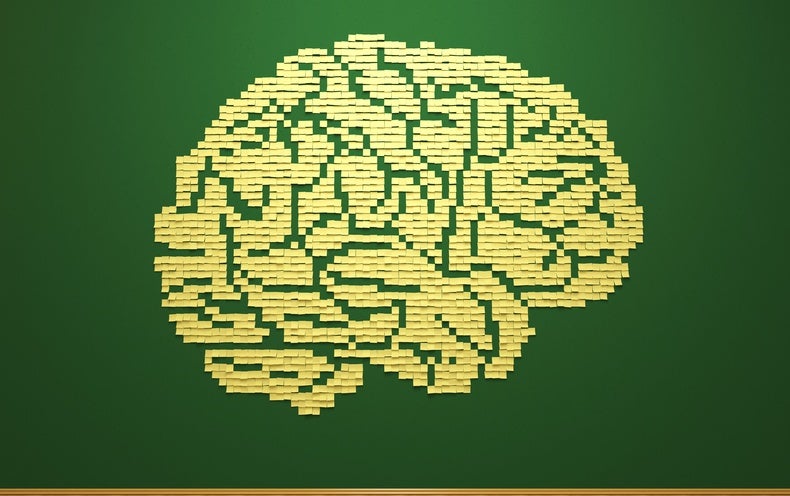
These are incorrect arithmetic calculations that result in a number larger than the one the allocated memory was initially defined for. Moreover, if the stored information contains sensitive data, such as passwords, keys, or any private details, attackers can try to steal the data from memory that is incorrectly released or allocated.īelow are the most common problems that can arise from incorrect memory handling: Arithmetic or integer overflows


Eventually, if memory is not correctly handled, programs will run out of blocks to store the information they need to function correctly. But machines run hundreds of processes at the same time and can’t be bothered to wait until a normal state is reached again. Looking at the bigger picture, this might not seem such a terrible scenario, as the normal state of the memory will eventually be restored. If memory handling is not chosen correctly, things can go really wrong, as the process of allocating and freeing blocks can get corrupted.

However, the majority of today’s popular languages use automatic memory handling, in the form of garbage collectors or Automatic Reference Counting (ARC), which has been widely popularized by Objective-C and Swift. Famously, the C programming language employs this technique by using a subset of handling memory called dynamic memory allocation.
#NOT ENOUGH MEMORY TO OPEN ILLUSTRATION MANUAL#
Manual memory management can be defined as the manual input of programming instructions to allocate and free blocks of memory by the programmer. This can be done manually or automatically, depending on the programming language chosen, the access to certain features of that language, and the careful use of the language’s capacities by the programmer. When a program requests a block of memory, an “allocator” assigns that block when it no longer needs the block, it is freed for reassignment. At the programming level, memory management involves sending requests for memory space to the OS, and ensuring the availability of adequate memory space for objects and data structures defined by the program (adequate allocation, reallocation, and freeing). At the OS level, memory management involves the allocation of specific blocks, which can be understood as spaces or locations, to individual requests made by programs. Here, we will focus on how memory is handled at the operating system (OS) and programming levels. This is referred to as memory management, the process by which memory is controlled and coordinated on various levels (the hardware, operating system, and programs). Modern operating systems have complex mechanisms to handle it properly. This mechanism is referred to as dynamic loading, and if the loaded program is dependent on another program, the mechanism for linking the dependent programs into the main loaded one is called dynamic linking.Īs memory is a concept that requires a specific level of handling, proper management of it is vital, as it touches every process managed by the machine. Sometimes, a whole program is loaded into the memory other times, only a certain routine (a process) from it is loaded. This is the memory that a machine is able to interact with and all programs are loaded into for their execution. Main memory, also known as RAM, is the internal memory that a machine uses, and is different from any kind of external storage, such as USBs or disk drivers. When a program such as an Internet browser is open, for example, it is loaded from your permanent storage (the hard drive) into the volatile storage (the RAM).

This stored information is virtually every action we carry out while interacting with the machine. Memory, as it has been defined since the beginning, can be described as the place where certain information is stored for later retrieval, either in a permanent way (until it is manually deleted) or temporarily (when the machine deletes it for you).
#NOT ENOUGH MEMORY TO OPEN ILLUSTRATION CODE#
The programs and code that we write are constantly dynamically allocating portions of memory at our request, yet we struggle to grasp the true nature of how this happens. One concept that can leave developers really scratching their heads is memory, and how programming languages interact with it.


 0 kommentar(er)
0 kommentar(er)
